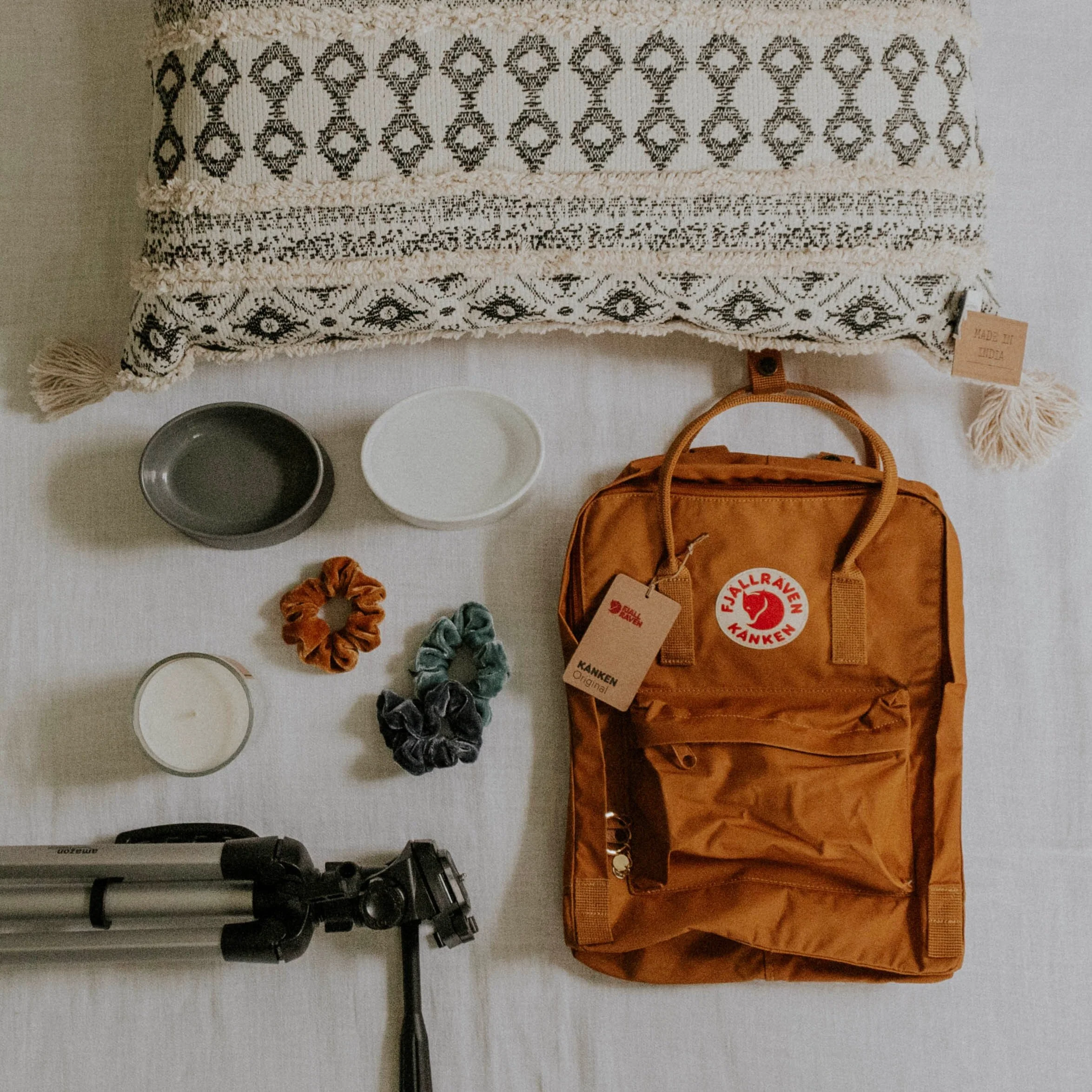3 Tips For Translating Your Artistic Skills To A Resume
Are you struggling to write a resume that stands out?
As an artist, writing a resume that showcases all of your skills can feel overwhelming and confusing. Especially when your past experiences include having an actress cut off all of her hair while her parents watched from the audience (it’s me. that person is me).
The truth is that artists have a ton of transferable skills, and creativity is more in-demand than ever. Here are three ways you can land the job:
Yes, Your Artistic Projects Can Go On Your Resume
If you’ve been leaving your puppeteering career off of your resume, you need to think again. Margaret Baughman, a theatermaker who also works as a recruiter at TikTok, recommends including your artistic positions on your resume, especially when going without them would lead to an unexplained gap in your resume.
Approach the resume writing process with confidence. PSA: you are a professional, even if you’re not getting paid. Treat all your experiences and hard work with the respect they deserve.
Caitlin Donohue, an actress and the founder of Multify, a company that helps artists translate their artistic skills into professional opportunities, explains, “Whether it's a visual art exhibition or a live performance, you have to plan, prepare, adjust, coordinate, schedule, and present, usually with a set deadline in mind. Break down every single step you took to make that project a reality. Oftentimes, you'll find that you've assumed duties that transcend your job description.”
Break down the step-by-step processes you follow when creating or making your art. Everything from taking notes on a script to raising funds for a short film to communicating with your collaborators over Gmail can be relevant to a potential employer.
2. Explain Any Job Titles Specific to the Arts
It may come as a shocker but most people in the corporate world don’t know what a stage manager does. But that doesn’t mean you can’t take the time to translate your artistic experience into from stage manager to project manager (your racist uncle who said artists don’t make money is going to be so pissed).
In one Multify exercise, Donohue encourages her clients to imagine that they worked on one of their given projects in a non-artistic capacity.
Brainstorm all the skills you’ve used to promote your work and get your foot in the door artistically. Remember: if you’re an artist you’re basically running your own business. Many of the skills you’ve gained are transferable and in-demand.
3. Tailor Your Resume To Each Job You’re Applying For
Many, many companies use technology to scan your resume for keywords. While you shouldn’t plug every keyword you see into your resume, definitely looks for synonyms and adjust your resume so that anyone looking at your resume (human or computer) will think you’re the cat’s meow.
Where can you find those resume keywords? In the job description. A job description tells you what they’re looking for and your job is to match your resume up with their vision.
If a job description mentions any software or hard skills you’re not familiar with yet, Baughman recommends using your cover letter to tell them about another time you had to learn a new skill like website development or social media. Describe the approach you took to conquer a past learning curve and how you can apply that approach in a new role.
Translating your artistic skills into a resume any suit will love is possible! Whatever you do, apply! Men apply for positions when they meet only 60% of the qualifications. Women apply when they meet 100% of a job’s requirements.
So yes, it’s a feminist imperative that you apply for every job you’re qualified for. Now get out there and get that bag!











Side hustles are one of the easiest ways to increase your income and achieve your financial goals. Here are fifteen side hustle ideas perfect for creatives.